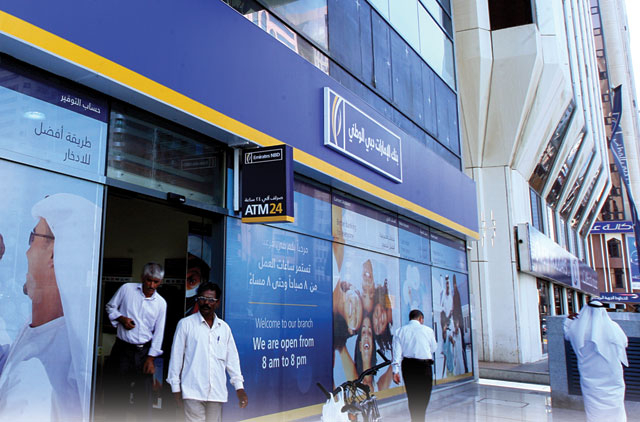Dubai: Gross commercial long term borrowings of GCC (Gulf Cooperation Council) governments are expected to come down by 15 per cent this year to $68 billion (Dh250 billion) from $80 billion in 2017, according to ratings agency Standard & Poor’s.
S&P anticipates sovereign borrowing in the Middle East and North African (Mena) could decrease by 6 per cent this year. It is mainly because fiscal consolidation measures in all GCC countries and higher oil prices will likely reduce GCC sovereigns’ funding needs. The projections exclude government debt that central banks may issue for monetary policy purposes in some countries.
While most GCC countries have been tapping international debt markets in recent years to diversify their funding sources and reduce liquidity pressures in the domestic banking systems, going forward the funding strategies are expected to diverge. Qatar, Bahrain and Oman have largely focused on debt issuance rather than asset drawdowns; while Abu Dhabi, Kuwait and Saudi Arabia show a more equal split between issuing debt and liquidating part of their assets.
A significant portion of debt issued by region’s governments are expected to be used for refinancing. “We expect that about 40 per cent of Mena sovereigns’ $181 billion of gross borrowing this year will go toward refinancing maturing long-term debt, resulting in an estimated net borrowing requirement of $108 billion,” said Trevor Cullinan, a Credit Analyst with Standard & Poor’s.
Total government debts of the region, including amounts owed to bi- and multilateral institutions, will reach about $860 billion, a year-on-year increase of $13 billion, or 2 per cent. However, the share of non-commercial official debt is set to decline to 11 per cent of total sovereign debt as of year-end 2018, from 12 per cent in 2017. “We expect that outstanding short-term commercial debt (original tenor of less than one year) will fall to $131 billion by the end of this year,” Cullinan said.
Debt issuance
For 2018, S&P project that sovereigns’ commercial debt rated in the “AA” category (Abu Dhabi, Kuwait and Qatar) will be 19 per cent of the total, up from 16 per cent in our 2017 report. The share of “A” category debt (Ras Al Khaimah and Saudi Arabia) will rise to about 20 per cent. Due to the rise in the share of debt issuance by higher-rated Mena sovereigns, the share of commercial debt rated in the ‘BBB’ category or lower should fall to about 62 per cent of the total from 67 per cent.
Egypt is expected face the highest debt-rollover ratio (including short-term debt) in the region, reaching 41 per cent of GDP (gross domestic product), followed by Iraq (32 per cent) and Lebanon (24 per cent). The rollover ratios of sovereigns with higher proportions of official debt tend to be lower because official debt typically has longer tenors than commercial debt.
All reported forecast figures S&P’s estimates and do not necessarily reflect the issuers’ projections. These estimates also reflect the rating agency’s expectations regarding central government deficits, their assessment of governments’ potential extra-budgetary funding needs, and estimates of debt maturities in 2018.













